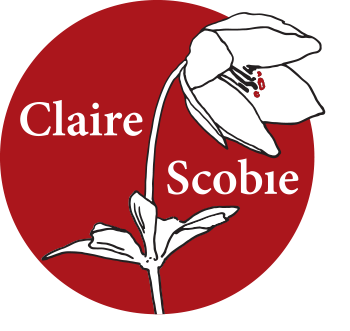25 Jun Making the leap from non-fiction to fiction
The first question a journalist asked me last week was why I made the decision to write my new book as fiction. Why I made the leap.
 Although Last Seen in Lhasa is a travel memoir, I used fictional techniques — creating character, plenty of dialogue and a narrative arc – so in some ways it seemed an obvious (although scary) next step.
Although Last Seen in Lhasa is a travel memoir, I used fictional techniques — creating character, plenty of dialogue and a narrative arc – so in some ways it seemed an obvious (although scary) next step.
But it was more than that. Some stories demand a particular way of telling. My new novel, The Pagoda Tree, out tomorrow, started out as a non-fiction idea.
I wanted to write about the little known world of the Indian temple dancer in all its mystery, sensuality and complexity. I researched the subject in libraries and made trips to India. But I found that the historical sources about this unique group of women didn’t exist. The archives are crammed full of the records left by white men, but there isn’t much there from the perspective of Indian women – temple dancers even less so.
I’d always wanted to write a novel. I think it’s a dream many people share. And then a publisher friend threw me a challenge.
Write it as fiction.
I was lucky enough to immerse myself in the writing process and over several years I taught myself this new craft. And it is a craft. You just need to keep doing it, keep experimenting, seeing what works and what doesn’t. You can’t be afraid to chuck out the early drafts and the dross.
I recently spoke to another journalist & non-fiction author who said that writing the first draft of her first novel was harder than all the other stuff she’s ever done. It was like sweating blood. Initially the transition was difficult for me too. I wanted to cling on to what I knew — the old journalistic training and a historian’s need for facts kicked in.
I found it a completely different process to actually create an entire new world rather than rely on the solid ground that I knew. Fiction is all about generating new material – out of nothing, really. Out of your imagination.
As my novel is historical fiction, I did use the backdrop of eighteenth-century India as my canvas. But then it was up to me to paint in the blank spaces. It was exciting and at times exhausting.
It’s like going from playing one or two instruments to having to conduct an entire orchestra. There’s so much more you have to think about – particularly point-of-view and how you structure the plot. It’s more of a juggling act and trying to get the balance right.
But once I realised how the lack of sources was a bonus; that they allowed greater historical imagining, I began to enjoy it. Then the writing process became surprisingly liberating.
So how do you challenge yourself? How do you evolve and grow your craft?
